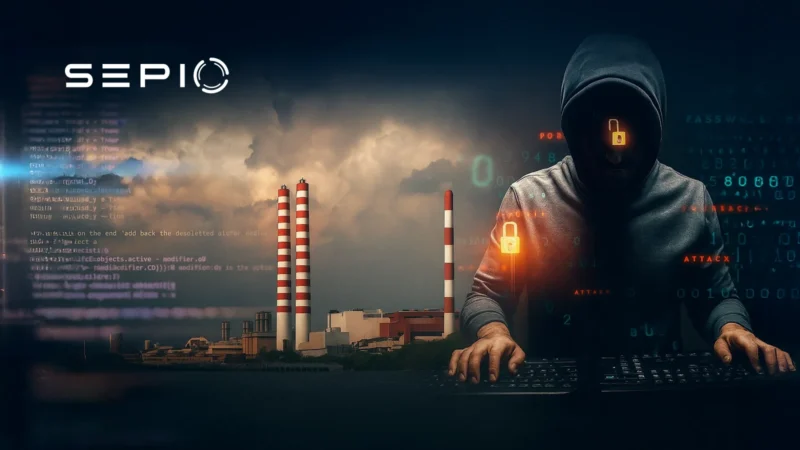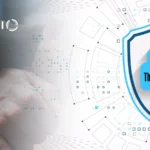What is Critical Infrastructure in Cybersecurity?
Critical infrastructure cybersecurity focuses on protecting cyber-physical systems, where digital technologies directly control or support physical infrastructure. These include assets, networks, and systems essential to a nation’s security, economy, and public health. Because these systems keep society running, any disruption could have devastating consequences. Effective critical infrastructure protection is therefore imperative to defend against both natural disasters and cyberattacks.
This blog explores the key risks and vulnerabilities facing critical infrastructure, the most common cybersecurity threats, and how organizations can strengthen their cybersecurity defenses. Solutions like Sepio’s Asset Risk Management platform help enterprises gain full hardware visibility, prioritize risks, enforce Zero Trust policies, and ensure robust critical infrastructure cybersecurity.
Types of Cyber Threats to Critical Infrastructure
Physical Threats: Historically, critical infrastructure faced intentional threats such as bombings and sabotage, along with natural disasters like hurricanes, earthquakes, and tsunamis.
Cyber Threats: Every industry now depends on technology, and any connected device can be hacked. As such, cyberwarfare is a growing concern. Critical infrastructure, due to its vital role in society, makes the perfect target, as shown by the Stuxnet attack on Iran’s nuclear facility. Because facilities vary widely, cyberattacks must be highly tailored, something that governments and state-sponsored actors are best equipped to carry out.
Cybersecurity threats include:
- Nation-state attacks on energy grids and defense systems.
- Malware and ransomware disrupting services (e.g., the 2016 and 2025 cyberattacks on Ukraine’s power grid and critical infrastructure).
- Data breaches exposing sensitive information about employees, consumers, and governments.
These cybersecurity threats show that both state-sponsored and non-state actors can compromise infrastructure.
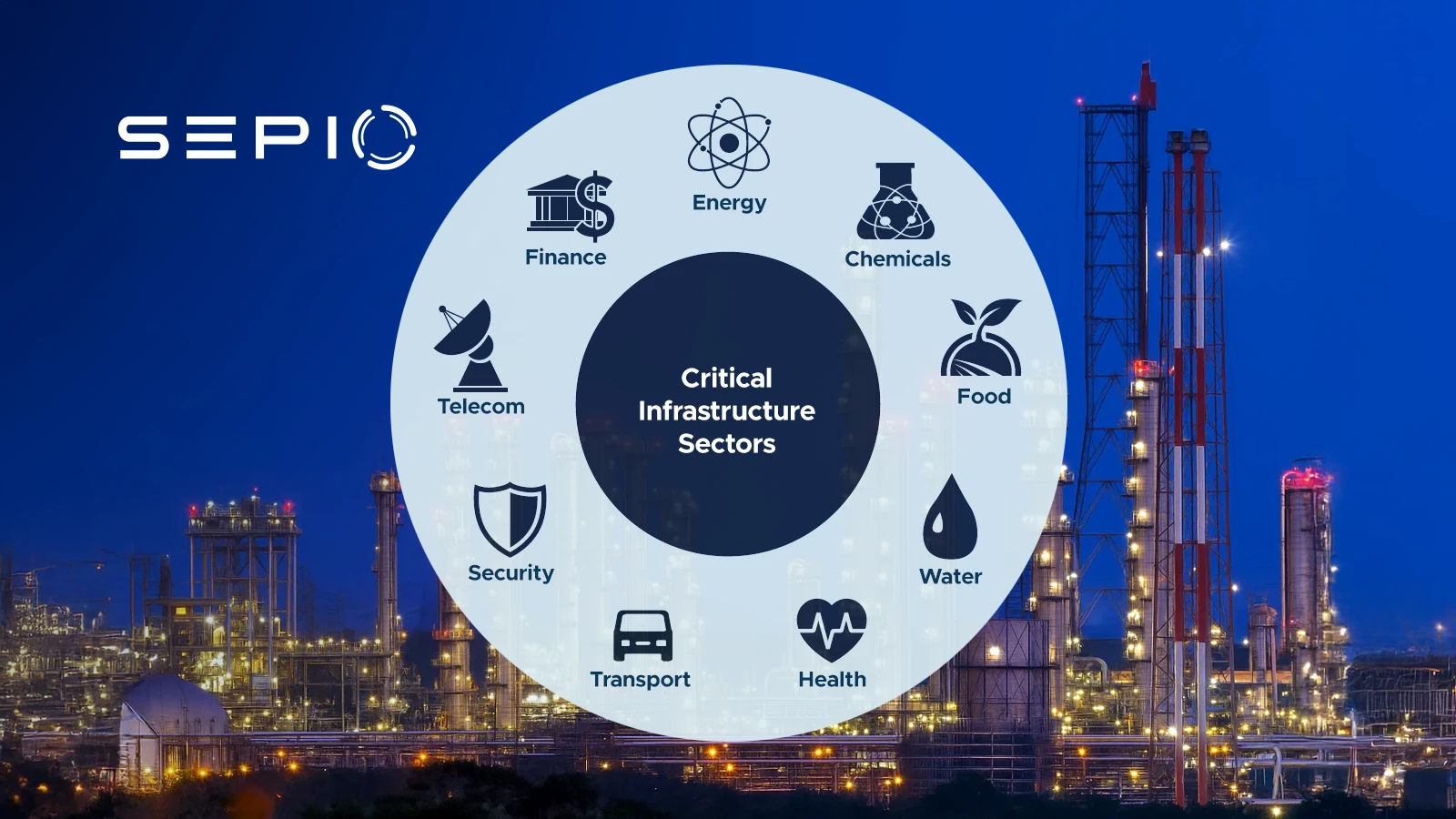
Why is Critical Infrastructure Vulnerable to Cyberattacks?
Legacy Systems
Many facilities rely on programmable logic controllers (PLCs) and legacy systems that lack modern cybersecurity protections. For example, in 2017, a PhD student at the Georgia Institute of Technology demonstrated a vulnerability in PLCs controlling water supplies. He discovered 1,500 vulnerable PLCs online and manipulated them to add unsafe levels of chlorine. Similarly, legacy banking systems face comparable risks due to their lack of modern cybersecurity protections.
Lack of Cybersecurity Prioritization
Organizations often prioritize efficiency over critical infrastructure cybersecurity, which creates exploitable vulnerabilities. Reports of cyber incidents rarely reach the public, which lowers awareness and urgency.
Employee and Insider Threats
Large infrastructure organizations often have thousands of employees, making insider risks more likely. Some may act carelessly, while others might deliberately cause harm. Identifying the source of such cybersecurity incidents is extremely difficult.
Industrial Internet of Things (IIoT) and Industrial Control Systems (ICS)
The Industrial Internet of Things (IIoT) is transforming sectors from power plants to transportation systems, with an estimated 32 billion connected devices expected by 2030. Many of these devices monitor and control critical infrastructure, and industrial control systems (ICS) are increasingly connected to the internet. While this connectivity boosts efficiency, it also creates additional entry points for hackers, making critical infrastructure more vulnerable to cyberattacks (ACM, 2025)(Statista, 2025).
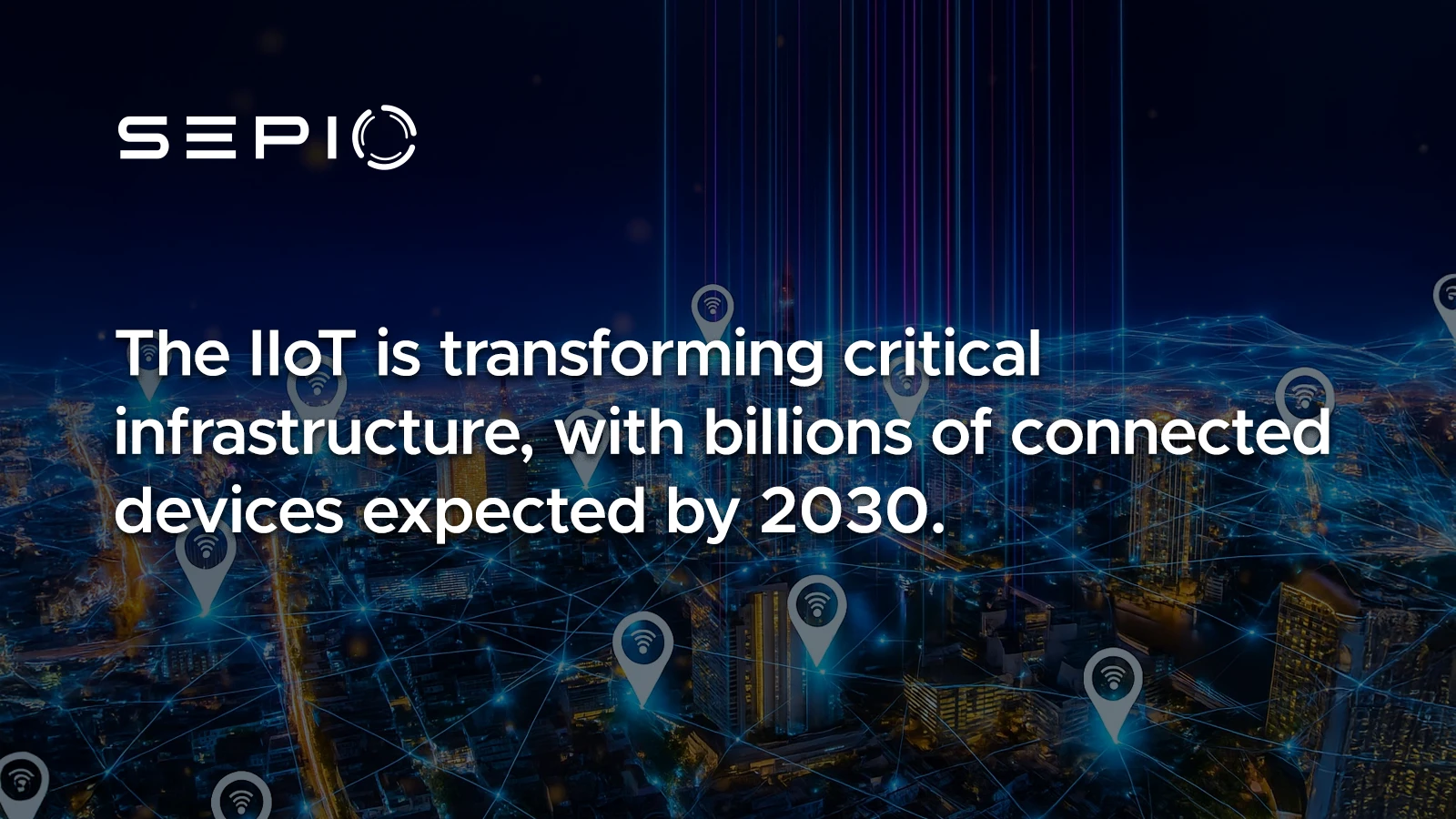
Rogue Devices and Critical Infrastructure Cybersecurity
Traditional bring your own device (BYOD) policies cannot prevent sophisticated hardware attacks. Rogue devices can enter networks undetected through USB connections or network implants at the Physical Layer (Layer 1), posing serious risks to critical infrastructure cybersecurity.
Sepio addresses these cybersecurity risks by detecting, alerting, and blocking rogue devices across network and USB interfaces. Using hardware fingerprinting and behavior analytics, it orchestrates asset risk management for:
- Gaining full IT device visibility
- Receiving real-time alerts and enforcing policies
- Leveraging cloud-based intelligence for early threat detection
- Seamlessly integrating with SIEM and NAC solutions
Consequences of a Cyberattack on Critical Infrastructure
Even a brief shutdown of critical infrastructure would disrupt society and cause ripple effects across sectors. Many systems rely on each other, power failures can, for example, cripple transport, agriculture, and water supply.
Key consequences include:
- Health: Hospitals may be unable to perform surgery or provide medication. Attacks on water or food production could cut off basic needs. Power failures, such as at traffic lights, can lead to accidents.
- Productivity: Remote work may be ineffective for some organizations. Power cuts halt operations entirely, reducing productivity.
- Psychology: Cyberattacks create fear and psychological distress. Panic can lead to irrational behavior that causes further damage.
- Communication: Disrupting telecom companies makes it hard for people to connect or for governments to communicate with the public, just when clear messaging is most needed.
Critical Infrastructure Protection with Sepio
Sepio’s Asset Risk Management platform instantly sees, assesses, and mitigates both known and shadow assets at any scale, the moment they are introduced, by anyone, anywhere. By leveraging physical layer data, we uncover the true source of cybersecurity risk, delivering a new dimension of asset visibility that was previously impossible.
In a single product, Sepio unleashes the power of the entire hardware cybersecurity ecosystem with agnostic, actionable visibility and infinite scalability that is critical for comprehensive hardware risk management and critical infrastructure cybersecurity.
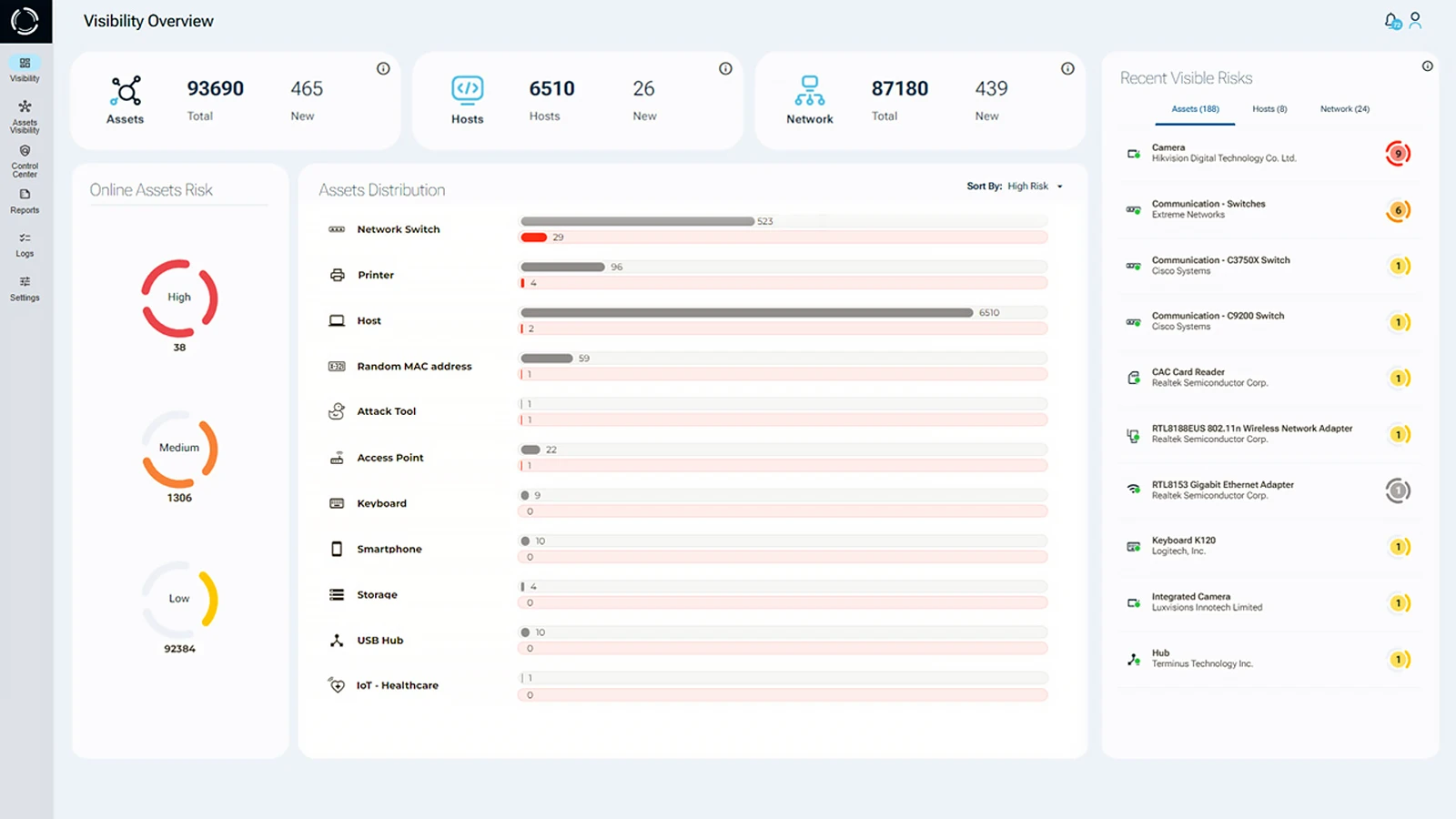
Holistic Asset Risk Visibility: Using the physical layer data, Sepio identifies hardware cybersecurity risk and creates a DNA profile for every known and shadow device. Moreover, patented algorithms eliminate errors caused by misleading profiles or assumptions, providing enterprises with a single, reliable source of asset visibility.
Actionable Visibility: Seeing connected devices is only the first step. Sepio generates an Asset Risk Factor (ARF) score for every asset, based on DNA profiles, business context, and rules. The ARF prioritizes risks as high, medium, or low. As a result, the score enables faster resolution, highlights regulatory gaps, and prevents crises. At the same time, continuous monitoring updates ARF scores whenever asset behavior changes. Additionally, big data, machine learning, and OSINT deliver actionable threat intelligence on vulnerable assets. Together, this real-time visibility helps cybersecurity teams manage risks proactively.
Policy Enforcement and Rogue Device Mitigation: Sepio enforces hardware usage policies automatically. First, it compares each asset’s DNA profile and ARF score with your preset rules and then applies the correct policy. Consequently, assets that break the rules or match known attack profiles are immediately blocked.
Infinite Scalability: Sepio’s trafficless approach ensures deployment is effortless, even at scale. Moreover, it integrates seamlessly with NACs, EDRs, XDRs, and Zero Trust solutions, maximizing the value of existing cybersecurity investments while strengthening critical infrastructure protection.
Protecting Critical Infrastructure from Cybersecurity Risks
Effectively securing critical infrastructure requires hardware visibility, control, and proactive risk management. Specifically, attackers exploit every weakness, from legacy systems to rogue devices.
To address these challenges, Sepio provides full visibility into every known and shadow asset, prioritizes risks, enforces Zero Trust policies, and delivers real-time intelligence. By combining these capabilities, organizations can ensure robust critical infrastructure protection, safeguarding essential services and society as a whole.
Talk to an expert to learn how Sepio can protect your critical infrastructure.
Download the Critical Infrastructure white paper (pdf)